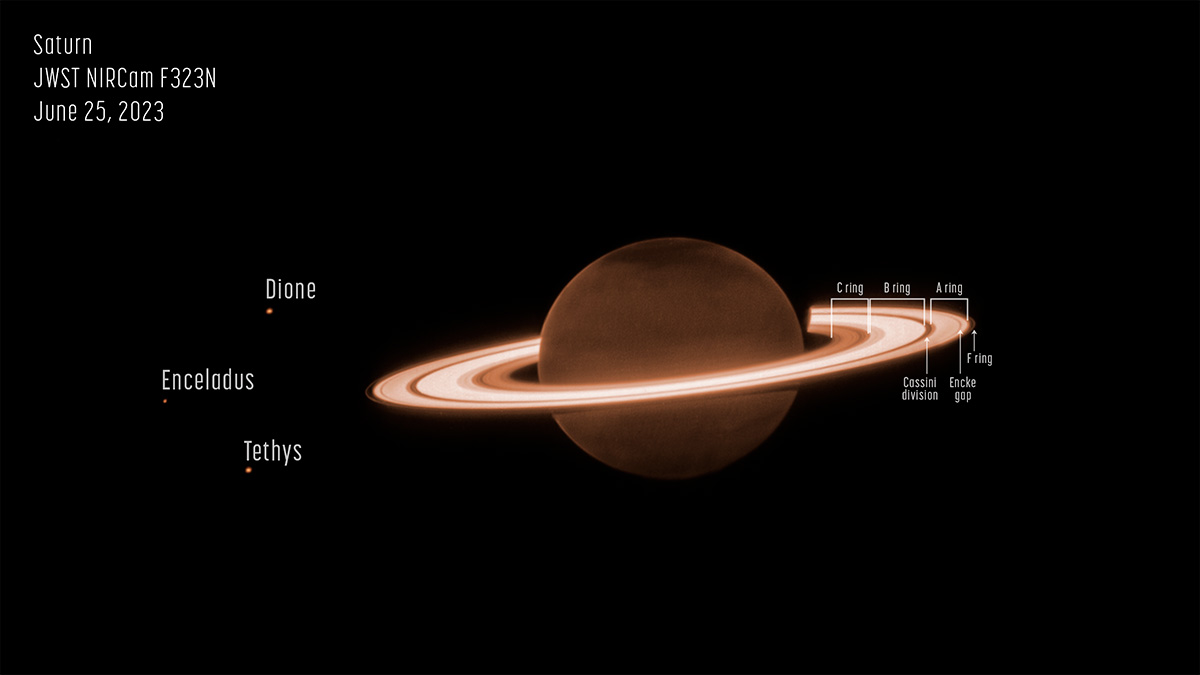
In a few days it will be a year since the James Webb Space Telescope captured its first images (well, its first final images, since they had previously shown us some proof. SMACS 0723, WASP-96b, the Southern Ring Nebula (NGC 3132), the Quintet of Stephan and the Carina Nebula left us speechless and fascinated by everything that these new eyes can show us, profusely observing everything that surrounds us.
Although it has been said on many occasions that the main objective of James Webb is observe far away, in space and time, that does not mean that it is not capable of also scrutinizing our own solar system, and of providing us with very useful information and images for the scientific community, and which are also very attractive visually. Thus, for example, when he had only been in service for a day, he already showed us two images of Jupiter captured with NIRCam using two different wavelengths.
Since then, the space observatory he has continued to set his sights, on occasion, on other planets in our solar system, which have been interspersed between observations at a much greater distance, such as when he brought us closer to the process of exoplanet formation, the prelude to a supernova or, surely the most remembered by many, the new and impressive vision of The Pillars of Creation. Even for the most profane in terms of astronomy, they are undoubtedly impressive images.

Image credit: NASA, ESA, CSA, Matthew Tiscareno (SETI Institute), Matthew Hedman (University of Idaho), Maryame El Moutamid (Cornell University), Mark Showalter (SETI Institute), Leigh Fletcher (University of Leicester), Heidi Hammel (AURA)
Well then, James Webb has taken a close look again, and has offered us a capture that reveals the structure of Saturn’s rings. The image was taken late last month as part of the telescope’s 1247 Observing Program and, as with Jupiter, this image was also taken with the NIRCam (Near Infrared Camera). and, as you can see, unlike other captures of the planet, Saturn appears much darker in this one.
The reason for that is that several very deep exposures were made, specifically planned to test the telescope’s ability to detect faint moons around the planet, as well as its bright rings. And the difference with the images we have seen so far is evident, since this one clearly shows the details within the ring system of the planet. It is not a complete picture, as some of the fainter rings are missing, such as the thin G ring and the diffuse E ring that are not shown in this capture, but can be seen with deeper exposures.



